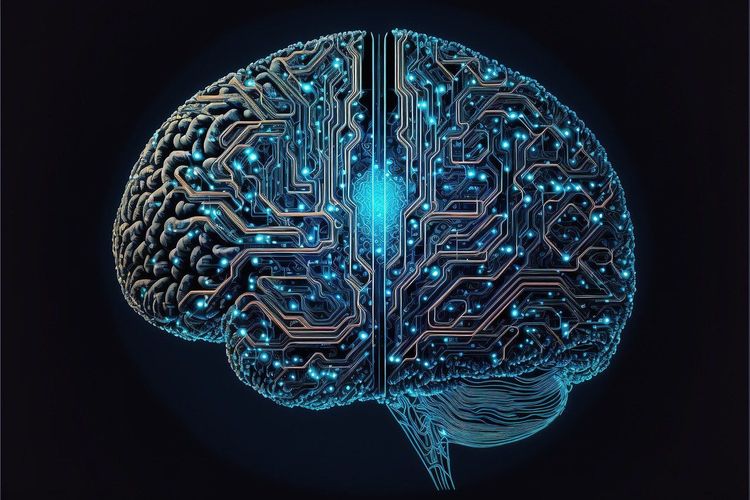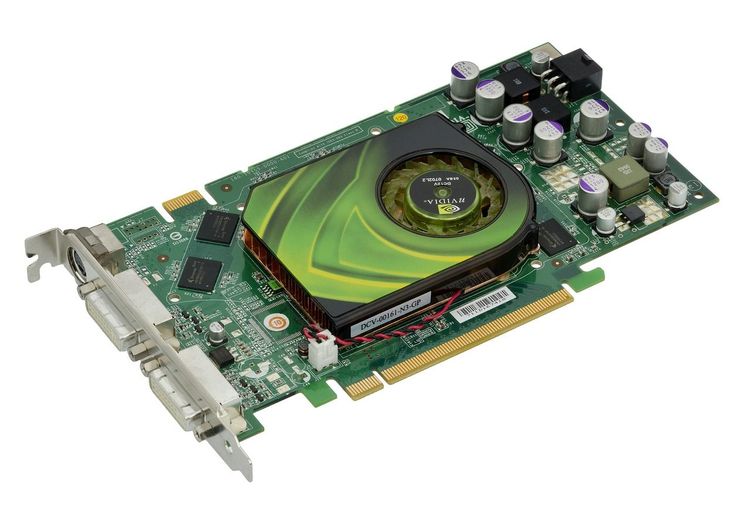In the rapidly evolving world of artificial intelligence, distinguishing significant advancements from mere hype can be challenging. While tech giants like OpenAI and Google compete fiercely over processing power and capabilities, Anthropic has introduced a groundbreaking feature: Artifacts.
At first glance, Artifacts may appear to be a minor enhancement. This dedicated workspace, integrated with Claude's chat interface, enables users to edit and refine AI-generated content in real-time. However, this seemingly simple addition is poised to ignite a critical competition in AI: the interface war.
Why Artifacts Matters: Transforming AI Interaction
To grasp the significance of Artifacts, we must move beyond the technical capabilities of large language models and consider AI’s role in workplace integration. The real challenge lies not just in crafting smarter AI but in ensuring this intelligence is accessible, intuitive, and seamlessly integrated into existing workflows.
Anthropic distinguishes itself through its focus on user experience. While OpenAI dazzles with new voice features and Google promotes the expanded knowledge of its Gemini models, Anthropic is addressing a fundamental question: How can we transition AI from a sophisticated chatbot to a genuine collaborative partner?
Artifacts aims to provide that answer. By allowing users to edit and enrich AI-generated content within ongoing projects, Anthropic is transforming AI from a tool into a teammate, with the potential to revolutionize knowledge work across various industries.
Broad Impacts Across Industries: From Code to Content
The implications for sectors like software development are profound. With Artifacts, we are stepping beyond simple code generation. Envision a workspace where AI actively engages in the development process—suggesting optimizations, flagging issues, and assisting in real-time code refactoring.
In content creation, Artifacts could elevate AI from a basic writing assistant to a full-fledged collaborator, capable of drafting, revising, and managing version control—all within a user-friendly interface tailored for human creators.
This innovation poses significant threats to established players in project management and productivity tools. If Anthropic successfully expands the Artifacts concept, we may witness the rise of AI-centric collaboration platforms, potentially overshadowing traditional tools.
The Interface Wars: A New AI Development Battleground
This development highlights a growing philosophical divide in AI evolution. OpenAI and Google seem entrenched in a race for model capabilities, while Anthropic appears to prioritize practical applications and user experience.
Such a strategy could yield significant benefits. As businesses seek to harness AI, solutions that provide not only intelligence but also intuitive interfaces will gain a substantial advantage. Anthropic’s emphasis on user experience could be a game-changer in an industry often mesmerized by sheer processing power.
Though Artifacts is still in its early stages, its potential is immense, and competitors will likely not remain passive. Expect a wave of innovation as the industry recognizes the need to redefine the user interface.
For business leaders and IT decision-makers, the key takeaway is to look beyond the allure of model performance. As AI technology matures, the ability to integrate AI-generated content fluidly into existing workflows will be just as vital as the model’s intelligence.
As we approach 2024, Anthropic’s progress in developing Artifacts will be under scrutiny. If successful, it could usher in a new era in AI development, where user interface becomes crucial in the race for AI dominance.
In an industry often criticized for prioritizing benchmarks over real-world utility, Anthropic’s commitment to an enhanced user experience could emerge as the most transformative approach. In the aftermath of this year’s AI advancements, Artifacts may well redefine the future of enterprise AI—not through spectacle but by providing a thoughtfully designed workspace.







